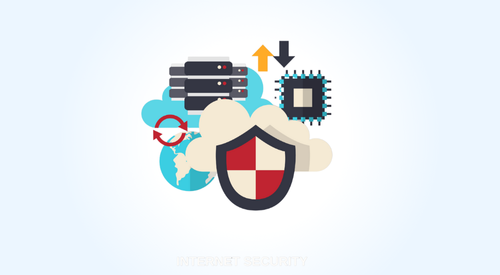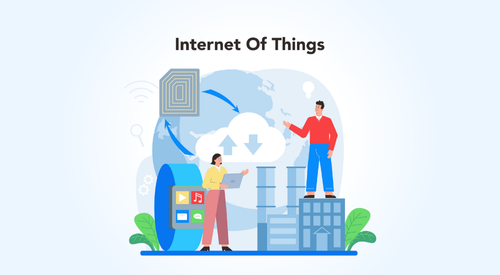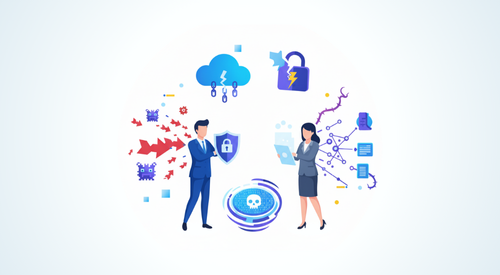

The goal of CI/CD or Continuous Integration and Continuous Delivery is to reduce the time-to-market in delivering new features, ensuring software quality and establishing a feedback loop with the customer. CI/CD pipelines are very important for the deployment of high-quality software, but it’s not easy to set up a good CI/CD pipeline. Here we will look at the CI/CD pipelines best practices, case studies and more.

Continuous Integration, a development practice where developers integrate code into a common repository while developing applications, allows for better secured application deployments. Each check-in is then verified by an automated build, allowing teams to detect problems early. Continuous Delivery (CD) is the next step in the Continuous Integration (CI) process. Once code is successfully built and tested, it is automatically deployed to a production environment. This allows for rapid, reliable delivery of new features and bug fixes. Both CI and CD are important practices for agile teams. They allow for rapid feedback and delivery of working software.
Setting up CI/CD pipelines – best practices
Here are some of the top CI/CD pipelines best practices for better application feature releases –
Automated deployment and testing: Automated testing is a key part of a successful CI/CD pipeline. Testing should happen continuously throughout the development process, not just at the end. By automating your tests and integrating them into your CI/CD pipeline, you can prevent bad code from being deployed to production. Good CI/CD is about more than just automating deployments. It’s about automating the whole software development lifecycle, from writing code to testing to deploying.
Implement rollback: Along with including many tests in your pipelines, it is also necessary to have a rollback mechanism in place as well. This will further reduce the chances of something not working as expected. Without a revert mechanism in your CI/CD pipeline, your recovery time will take much longer as you’ll have to manually trigger the pipeline again.
Integrate robust CI/CD pipeline security: It may be easier for an attacker to get their malicious code into your CI/CD pipeline than to hack into a live system. If you don’t validate your source repository, assuming that it is secure by default, organization can be at risk. Another way that access to a CI/CD pipeline can be gained is if the pipeline itself is not well-secured. It’s easy to focus on securing your application code and neglect to double-check the security settings of your CI/CD, but remember, your CI/CD is a crucial part of your organization. It usually has very high permissions in order to manage infrastructure and applications, so if an attacker gets access to it, they have unlimited possibilities to harm your organization.
Keep it fast and smooth: If your pipeline is slow or difficult to use, your developers will try to cut corners and avoid the pipeline. As a result, errors and bugs may slip through, which will lead to less trust in the whole process. Make sure that your CI/CD server or service is as quick to respond and simple in its usage.
Incorporate good readability: The CI/CD pipeline should be designed in a way that it is easy to understand for those who are looking at it. It should be clear who started each build and why. Additionally, every build is traceable back to a specific feature or bug that is being worked on. By including context, tags, and labels, the value of the CI/CD pipeline is increased for those who are responsible for managing and leading the team.
Case studies – Niveus’ pipelines with GCP & more
As a Google Cloud Partner, we build automated CI/CD pipelines for our customers helping them gain faster velocity on new feature releases. The automated CI/CD pipelines implemented by us, blend both Google Cloud Native tools as well as Open Source tools, accelerating release cycles – from building and testing to deployment! Here are some of the CI/CD pipeline implementations that our clients benefited from:
- A leading private bank leveraged our CI/CD pipeline support for realizing their vision for a mobile app that includes an array of data including insurance policy details, nearest Network and Non-Network Hospitals, and much more
- India’s leading conglomerate is all set to utilize our CI/CD pipeline to roll out their latest application features and offerings for their customers
- We configured a robust CI/CD pipeline for a healthcare service provider with advanced AI capabilities. The pipeline automated parts of the application development process, so that it deploys code instantly, and generates test reports
- We built a secure CI/CD pipeline for a Singapore-based Mobility-as-a-Service (MaaS) and payment startup, accelerating their go-to-market for their MaaS mobile application and platform
Continuous Integration and Continuous Delivery are two processes used to release software more frequently and reliably. When done right, they ensure your codebase is always working, and that you can deliver new features and bug fixes more quickly. We are keen to connect with you to map your current GTM strategies and how our CI/CD pipelines can accelerate your feature releases. To deploy robust CI/CD pipelines, get in touch with us at biz@niveussolutions.com











